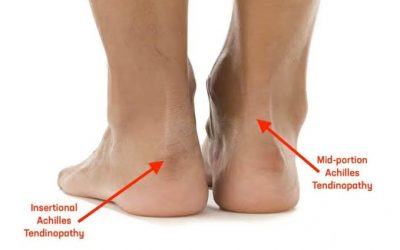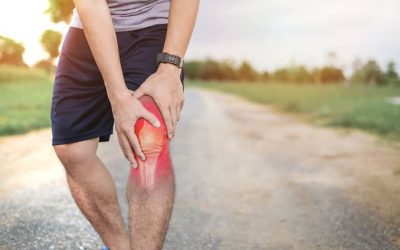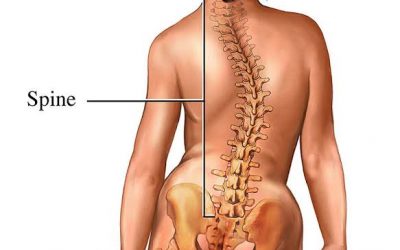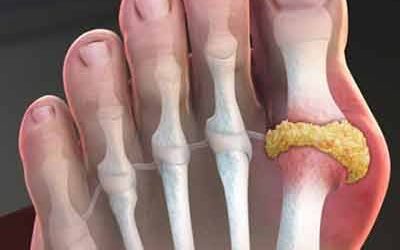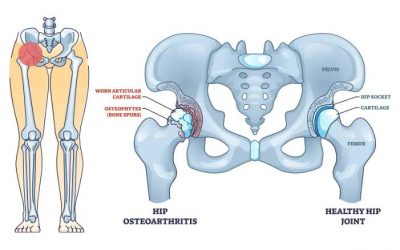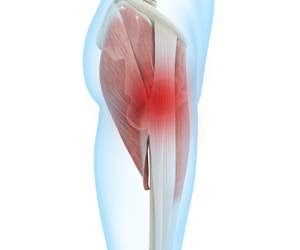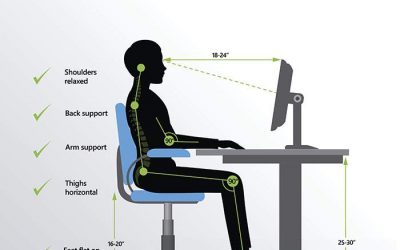Dorsal scapular nerve entrapment
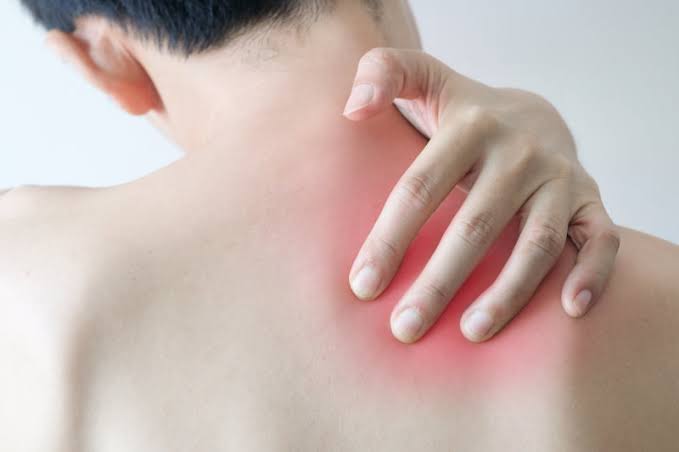

If your patient presents with any upper thoracic pain, it is critical to take measures to evaluate for dorsal scapular nerve entrapment.
What is the dorsal scapular nerve?
Dorsal Scapular Nerve is the branch of branchial plexus, arising from ventral ramus of C5 root. It is a motor nerve which arising from C5 root, pierce the middle scalene muscle, coursing deep to and supplying levator scapulae and the rhomboid muscles.
Emerging from the middle scalene, it passes posteriorly between the posterior scalene, levator scapulae, and the serratus posterior superior muscle. From this location, the DSN passes inferior and medial to the scapula, coursing anterior to the rhomboid minor and major. A this position, the DSN terminates by innervating the rhomboid major and minor on their anterior surfaces.
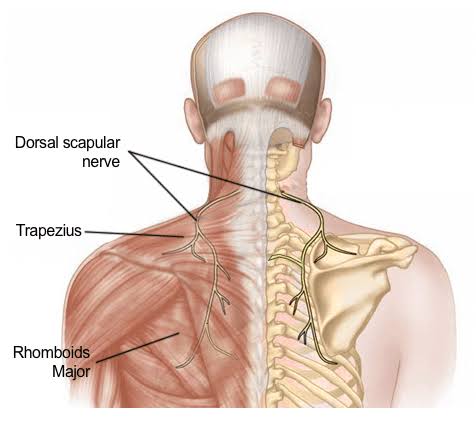
What is function of the dorsal scapular nerve?
It is a motor nerve so supplies 3 muscles for upper back ( levator scapulae, rhomboid major and minor). These muscles work dynamically and collectively are known as periscapular stabilising muscles.
The cause of dorsal scapular nerve entrapment.
An isolated nerve injury can be seen in bodybuilders and in people who require heavy overhead lifting, because the dorsal scapular nerve may become entrapped within the scalenus medius muscle. It is also reported as a complication of the use of a spine brace for idiopathic scoliosis. The nerve may be injured in the neck during a brachial plexus block performed by the anaesthesists for regional block.
Signs and symptoms
As previously mentioned, the nerve pierces through one of the neck muscles on its way to innervating the other three muscles. This creates a potential point of dorsal scapular nerve entrapment of the nerve and this can lead to signs and symptoms commonly experienced with Dorsal Scapular Nerve injury. People with dorsal scapular nerve injury may present to the clinic with any or all of the following signs and symptoms:
- Abnormal and/or reduced shoulder movement
- Pain around the lower neck, upper/mid back and shoulder region
- Winging of the shoulder blade (i.e. tilting of the blade away from the rib cage)
- Difficulty with drawing shoulders backwards and together
- Difficulty with raising the arm upwards to full range
- Altered resting position of the shoulder blade on the injured side. Due to poor functioning of the rhomboid muscles, the shoulder blade may sit away from the spine compared to the non-injured side.
- Weakness of the affected shoulder muscles
- Stiffness in the neck / spine
Treatment
Treatment for dorsal scapular nerve entrapment often consists of a conservative route with cervical spine stabilization, muscle relaxants, anti-inflammatories, activity modification, and therapy . Therapy interventions often focus on trapezius strengthening to decrease the stretch placed on the rhomboids . Strengthening the trapezius also helps stabilize the shoulder girdle. The stability of the shoulder girdle facilitated by the muscles innervated by the dorsal scapular nerve is essential in the function of the upper extremity for various daily tasks. It is crucial to ensure that the accessory muscles that complete the exact motions of the rhomboids and levator scapulae are strengthened to reduce dysfunction and maintain a good scapulohumeral rhythm. Additionally, we can use manual therapy techniques such as soft tissue mobilization and gentle stretching of the middle scalene to decrease compression on this nerve . If a conservative intervention route is unsuccessful, transection of the middle scalene may be considered when the nerve is compressed.
